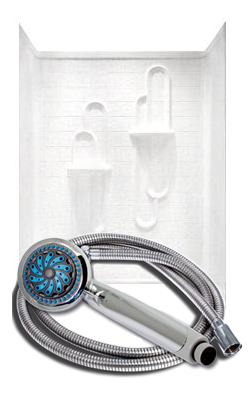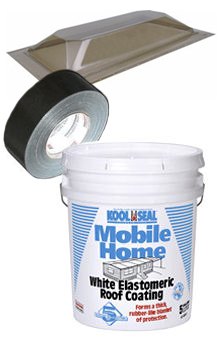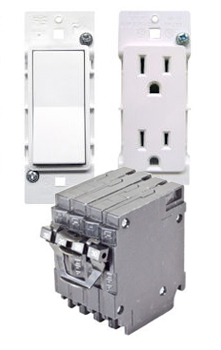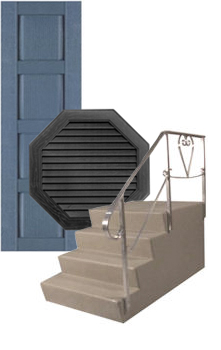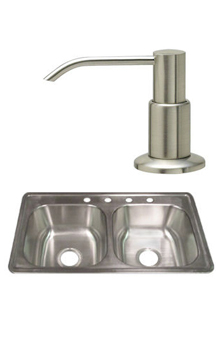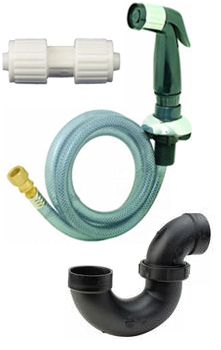Tools Needed: Putty knife or wide slot screwdriver, pliers, razor knife.
Supplies Needed: Lacquer thinner, caulk (acrylic, butyl, or latex) (silicone sealants are not recommended). Vinyl glazing bead and new glass.
- Remove screen if necessary. Pull up on the tabs at the bottom of screen if they are present. If no tabs are there, press the spring loaded top rail of the screen up into its channel. This will raise the screen assembly enough to free the bottom. Push the bottom outward to remove.
- Unsnap glazing beads by pressing between the frame and glazing bead with a putty knife or slot screwdriver. Pry under the glazing beads and run the putty knife/screwdriver the length of the glazing bead. Pull out the glazing bead with pliers to free it from the old caulk. Remove side beads first as they would interfere with removal of top and bottom beads.
- Carefully remove glass by cutting the glazing caulk with a razor knife from the inside. Do not reach through broken glass. This may require 4 to 5 passes with the knife.
- Scrape old caulk off frame with a putty knife/slot screwdriver.
- Prep the glazing surface. Remove any remaining residue with several applications of laquer thinner and continue scraping.
- Apply a continuous 1/8″ diameter bead of caulk around the perimeter of the glass opening.
- Center the new glass in the opening, then press the glass firmly in place, applying pressure along the perimeter. Do not apply pressure to center of the glass as it could break.
- Replace the glazing beads. Snap in the full length pieces at the top and bottom first and the foreshortened pieces at the sides second. (Note: Some glazing bead types may need to be mitered on the corners.)



